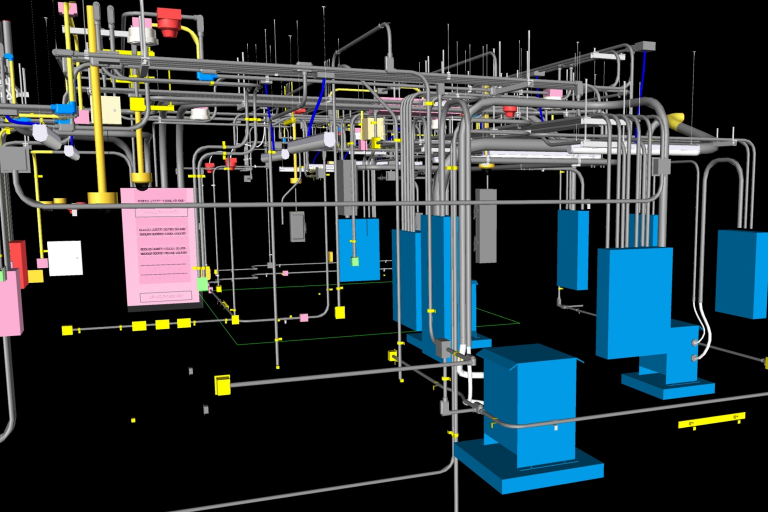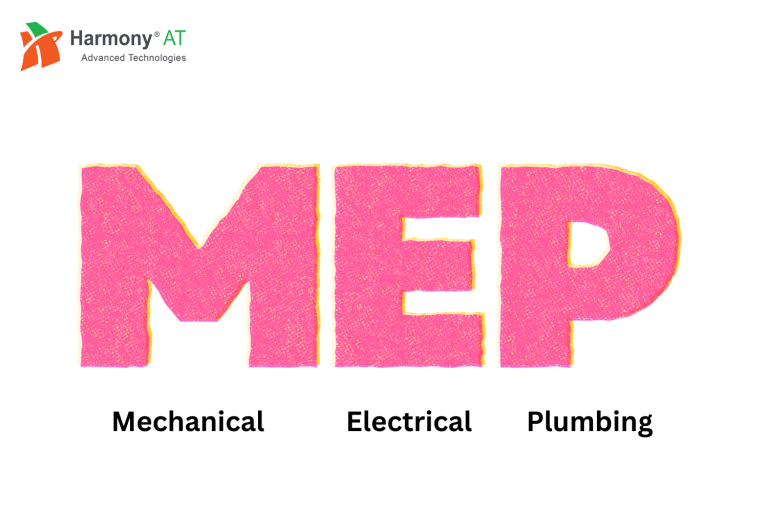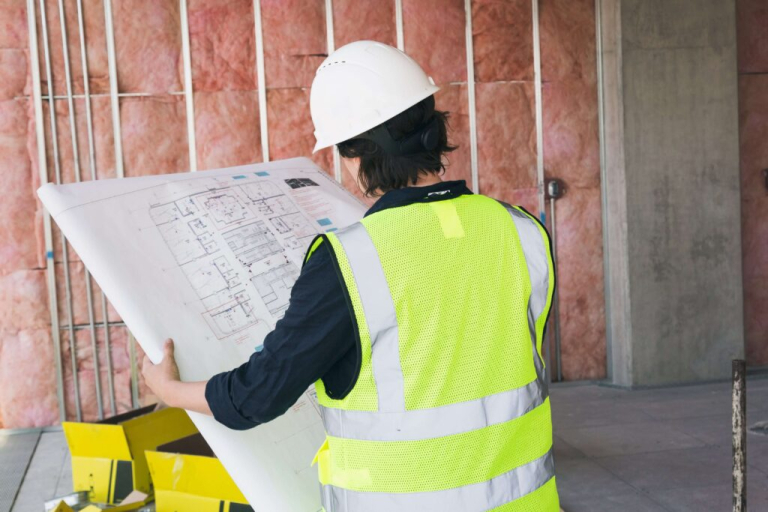In the vast world of construction, there's a term that plays a crucial role in making buildings work seamlessly. Have you ever wondered, "What is the Meaning of MEP in the Construction Industry?" Well, let's unravel this mystery together. MEP holds the key to ensuring buildings are not just structures but comfortable, functional spaces. Let's dive into the simple yet significant world of MEP and discover how it shapes the spaces we live and work in.
What is MEP Engineering?
MEP Engineering is like the brain and nerves of a building. It's short for "mechanical, electrical, and plumbing" and involves planning and designing systems that make a building comfortable to live or work in.
Imagine a house without MEP engineering - it would be like a dark cave. MEP engineers, like those at Peter Basso Associates, use their skills to turn a building's inside into cozy spaces. These engineers help with important decisions, estimate costs, manage construction, and take care of documentation. They are crucial in making sure buildings are not just standing structures but livable places, whether it's a small house or a huge skyscraper.
MEP systems are the building's central nervous system, responsible for things like heating, lighting, and plumbing. MEP engineering firms, also known as mechanical, electrical, and plumbing engineering consulting firms, play a big role in all stages of construction. They make sure buildings are not just shells but homes or offices where people can feel comfortable and enjoy their daily lives.

Read more: From 2D Drawings to Fully Coordinated 3D Revit Models
MEP BIM Service Provider - Harmony AT - BIM Outsourcing
M-E-P Stands for?
In the world of construction, MEP stands for Mechanical, Electrical, and Plumbing. These three essential systems work together to make a building habitable and functional.
Mechanical (M)
The M in MEP stands for Mechanical, the backbone of a building's environmental comfort and often the most complex system of the three. It encompasses components that regulate temperature, air quality, and even fire safety, ensuring a comfortable and healthy indoor environment.
Heating, Ventilation, and Air Conditioning (HVAC) is responsible for maintaining desired temperatures and humidity levels. It involves a network of equipment like boilers, furnaces, chillers, air handlers, and ductwork that distribute conditioned air throughout the building.
Electrical (E)
The E in MEP stands for Electrical, the nervous system of a building, pulsing with energy to power everything from lights and appliances to communication networks and security systems. It's a complex web of wires, panels, and equipment, meticulously designed and installed to ensure safe and efficient operation.
Besides, the electrical system extends beyond the basics, encompassing specialized systems like:
Fire Alarm Systems: These vigilant guardians detect smoke and heat, sounding the alarm and coordinating with other safety systems in case of emergencies.
Security Systems: Cameras, alarms, and access controls keep buildings secure, monitoring activity and deterring unwanted intrusions.
Renewable Energy Systems: Solar panels, wind turbines, and other technologies harness natural resources to generate clean electricity, reducing reliance on fossil fuels and promoting sustainability.
Plumbing (P)
The P in MEP, Plumbing, a complex network of pipes, fixtures, and valves that brings clean water in, distribute it throughout, and carry waste away, ensuring hygiene, sanitation, and the smooth operation of countless daily activities.
Water Supply: This symphony begins with the clean, clear flow of water. Pipes weave through walls and ceilings, fed by municipal lines or private wells, delivering fresh water to every tap, shower, and appliance.
Drainage and Waste Removal: It whisks away wastewater and sewage efficiently and hygienically. A network of pipes, drains, and traps carry waste from sinks, showers, toilets, and appliances to treatment plants or septic systems, ensuring cleanliness and preventing health hazards.
In summary, M-E-P are the behind-the-scenes heroes that keep buildings comfortable, well-lit, and with access to clean water. They work together to make our homes, offices, and other spaces functional and enjoyable.

Hidden Benefits of MEP in Construction
Energy Efficiency
Imagine a building that not only stands tall but also operates smartly, consuming minimal energy. MEP systems are the wizards behind this magic. With smart HVAC (Heating, Ventilation, and Air Conditioning) systems, energy-efficient lighting, and advanced plumbing technologies, MEP ensures that your building not only meets but exceeds energy efficiency standards. The result? Reduced energy bills and a smaller carbon footprint.
For example, let’s consider a state-of-the-art office building equipped with motion sensor lighting and an intelligent climate control system. These MEP features not only create a comfortable working environment but also significantly cut down on unnecessary energy consumption.
Cost Savings
While the initial investment in MEP systems might seem daunting, the long-term benefits translate to substantial cost savings. Efficient MEP planning and implementation can lead to reduced maintenance costs, fewer repairs, and lower energy bills. It's an investment that pays off over time.
For instance, a well-designed MEP system ensures that each component operates optimally, reducing the likelihood of breakdowns. This means fewer emergency repairs and less downtime for businesses housed in a commercial building.
Future-Proofing
The construction industry is ever-evolving, and so are the technologies within MEP systems. By incorporating the latest advancements, you future-proof your building. This adaptability ensures that your structure remains relevant and compliant with changing regulations.
For example, a residential building with smart home technologies integrated into its MEP systems becomes more attractive to potential buyers. These features not only enhance the residents' quality of life but also increase the property's value.
Space Optimization
In the intricate dance of construction, every square foot matters. MEP systems, when intelligently designed, can help optimize space, allowing for more functional layouts. Compact, well-organized utility rooms and strategically placed equipment contribute to a more efficient use of space.
For instance, picture a modern kitchen with MEP systems designed to minimize the need for bulky appliances. This not only enhances the aesthetic appeal but also provides more room for movement and storage.

Read more: MEP BIM Services Provider - Harmony AT - BIM Outsourcing
Harmony AT’s MEP Modeling Services
At Harmony AT, our MEP modeling services are the heartbeat of your construction dreams. We specialize in Mechanical, Electrical, and Plumbing solutions that go beyond pipes and wires. With a commitment to energy efficiency, cost savings, and occupant comfort, we tailor our services to ensure your building not only stands tall but also operates smartly.
Our team of experts employs cutting-edge technologies to future-proof your space, creating a harmonious blend of functionality and sustainability. Whether it's optimizing space or enhancing energy performance, we've got you covered. Let Harmony AT be the silent hero behind your construction success. Contact us here and let's build a future where your structures thrive with efficiency and comfort. Your dream space awaits – let's make it a reality together!
Categories





